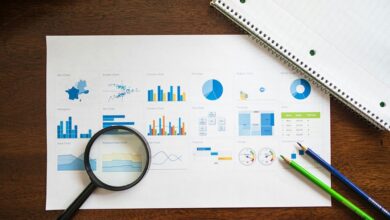Balance Sheet: Overview and Usage

A balance sheet serves as a critical financial statement that outlines an entity’s assets, liabilities, and equity at a given moment. Its structured format enables stakeholders to gauge the organization’s financial stability and liquidity effectively. This analysis can uncover insights into asset management and investment potential. Understanding the components and implications of a balance sheet is essential for strategic decision-making, yet many overlook its profound impact on business outcomes. What factors contribute to its significance?
Components of a Balance Sheet
A balance sheet is a financial statement that provides a snapshot of an entity’s financial position at a specific point in time, highlighting three key components: assets, liabilities, and equity.
Assets represent resources owned, liabilities denote obligations owed, and the equity section reflects the residual interest of owners.
Understanding these components is crucial for assessing financial health and ensuring informed decision-making.
Importance of Balance Sheets in Financial Analysis
While many financial statements provide valuable insights, the balance sheet stands out as a critical tool for evaluating an organization’s financial stability and operational efficiency.
It highlights an entity’s financial health by detailing assets, liabilities, and equity. Effective asset management is discerned through this snapshot, enabling stakeholders to make informed decisions regarding investments, resource allocation, and overall strategic planning.
Practical Applications of Balance Sheets in Business Decisions
The balance sheet serves not only as a reflection of an organization’s financial health but also as a foundational tool for informed business decision-making.
By facilitating liquidity assessment, it enables businesses to gauge their ability to meet short-term obligations.
Additionally, it plays a crucial role in investment evaluation, guiding stakeholders in identifying growth opportunities and assessing overall financial stability for strategic planning.
Conclusion
In the grand theater of finance, the balance sheet often takes center stage, presenting a meticulously crafted facade of stability. Yet, behind its polished figures lies the irony of uncertainty, where assets may gleam like gold while liabilities lurk in the shadows. Stakeholders, armed with this duality, must navigate the delicate balance between perceived strength and lurking vulnerabilities. Ultimately, the balance sheet is both a guiding compass and a reminder that financial landscapes can shift with the slightest breeze.





